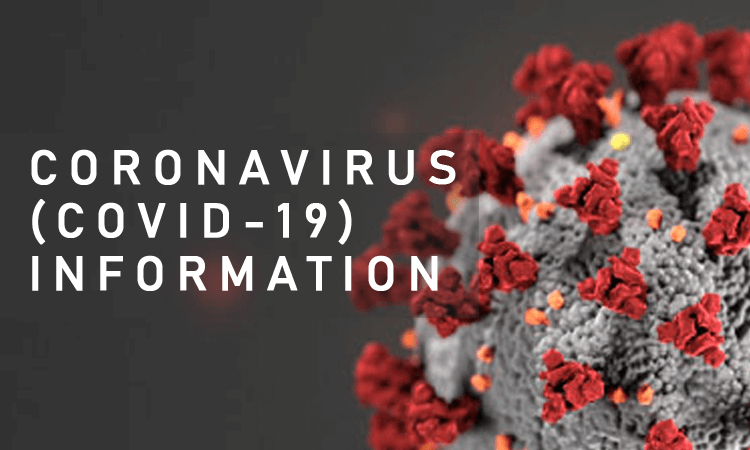
The SBA has issued guidance on calculating the forgiveness of PPP loans. The Loan Forgiveness Application includes several measures to reduce compliance burdens and simplify the process for borrowers. The biggest change is the addition of a new exemption from the loan forgiveness reduction for borrowers who have made a good-faith, written offer to rehire workers that was declined. Previously, your eligibility for PPP loan forgiveness was dependent on maintaining your pre-COVID-19 payroll, with a business losing a percentage of loan forgiveness for each employee not rehired. Now, as long as you attempt to rehire your employees by June 30, you will not suffer a loan forgiveness reduction. This exemption also applies to employees who were fired for cause, left their jobs voluntarily, or voluntarily requested a reduction in hours. (NOTE: you still have to spend the funds on eligible expenses in order to receive forgiveness; all excess funds must be repaid).
If you have a PPP loan or are looking into one (there’s still $120 Billion allocated for the program), you will need to apply for forgiveness at the conclusion of your 8-week forgiveness period, which begins once funds are disbursed to you. Speak to your lender for more details. You can view the PPP Loan Forgiveness Application here.
Also, as a reminder, the SBA is offering debt relief for current and new 7(a) and 504 loan borrowers. The SBA will automatically make payments to the lender on behalf of the borrower for 6 months, including principal, interest, and any associated fees. New loans made through September 27, 2020 will be provided the same debt relief benefits. If you have been considering starting a business or growing your business by using an SBA loan, now is a good time to explore that option since the SBA will cover 6 months of your payments. You can learn more about this here.
